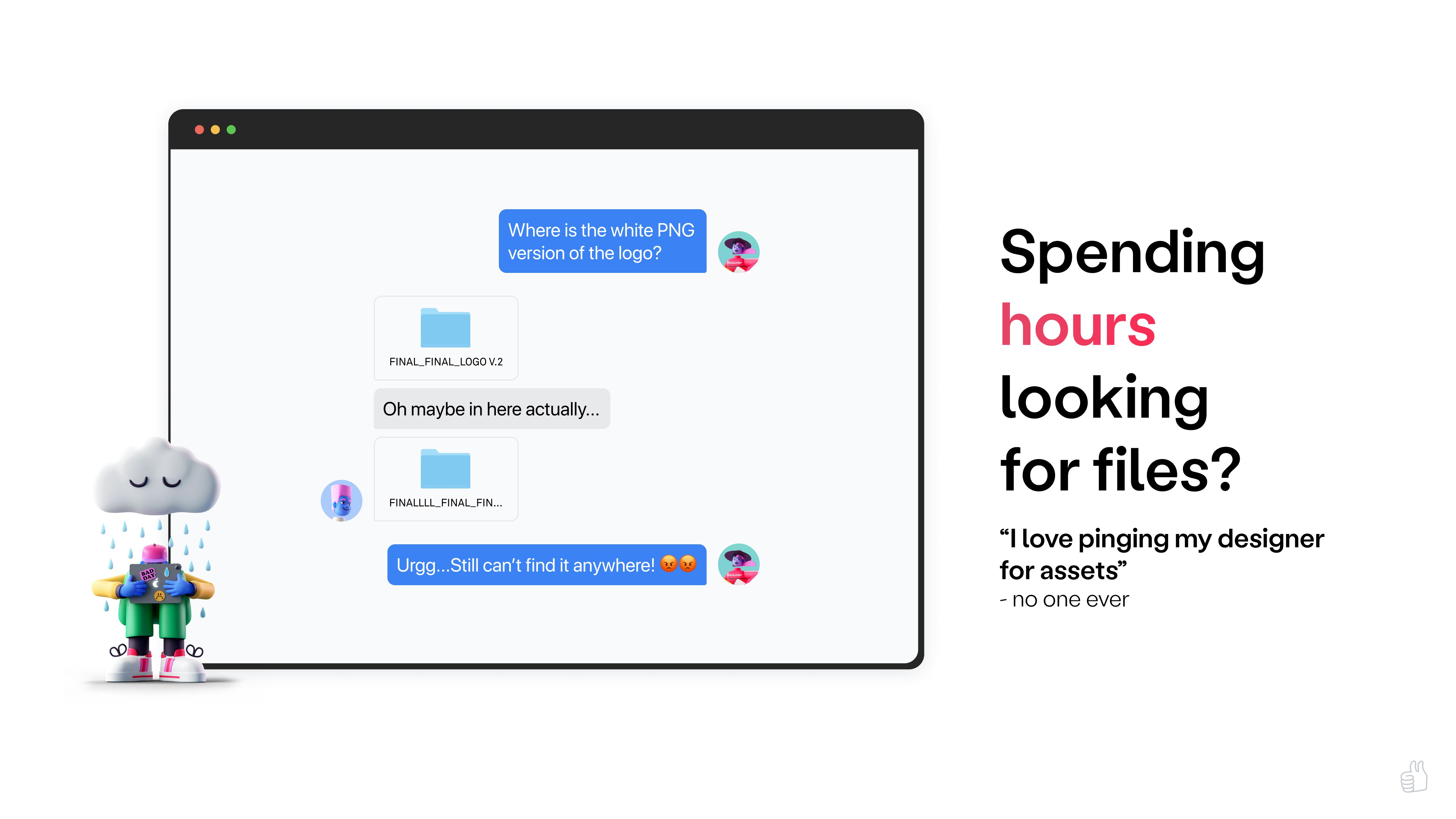
Normal firewalls rely on administrator-specified rules to block specific IP addresses and domains. Rather than resorting to manually blocking IP addresses and websites using a traditional firewall, companies can use a “next-generation firewall” (NGFW) to precisely monitor and block Internet traffic. Additionally, IP address blocks can be circumvented through proxy servers. These include their mobile phones, which can still access Dropbox over a cellular network.
Dropbox layoffs manual#
First, manual firewall configuration does not impact personal mobile devices employees carry into the office that are not connected to the corporate network. There are, however, two important limitations to this approach. As a result, IT administrators who want to manually configure their corporate firewalls to block Dropbox should block all of Dropbox’s IP addresses.

Three of these network security methods are manual firewall configuration, next-generation firewalls and DNS configuration.Ĭompanies can manually configure their hardware- or software-based firewalls to prevent access to Dropbox from machines connected to the corporate network.ĭropbox uses ports 80 (HTTP) and 443 (HTTPS) to transmit data between its servers and users’ computers, but blocking these ports is not a desirable option because browsers use these same ports to access the Web.

Dropbox layoffs download#
Given the security risks associated with the free version of Dropbox–such as its inability to protect shared links with passwords, expiration dates or download limits–business owners should understand the different ways they can block employees from using Dropbox in the workplace. While BYOD has empowered employees to get work done on their own time and in the manner they enjoy, it also poses serious security risks for companies when employees use insecure consumer-grade file sync solutions, such as Dropbox, to store and share sensitive corporate data. The BYOD (bring your own device) trend has been on the rise everywhere recently, with employees eagerly bringing devices such as iPads and smartphones into their workplaces.


 0 kommentar(er)
0 kommentar(er)
